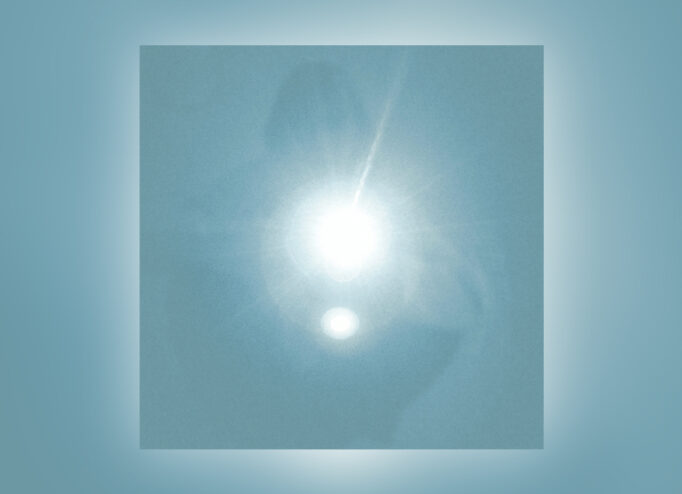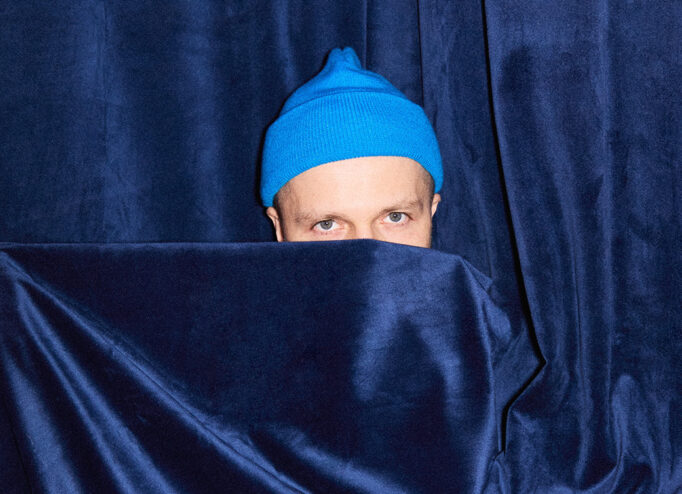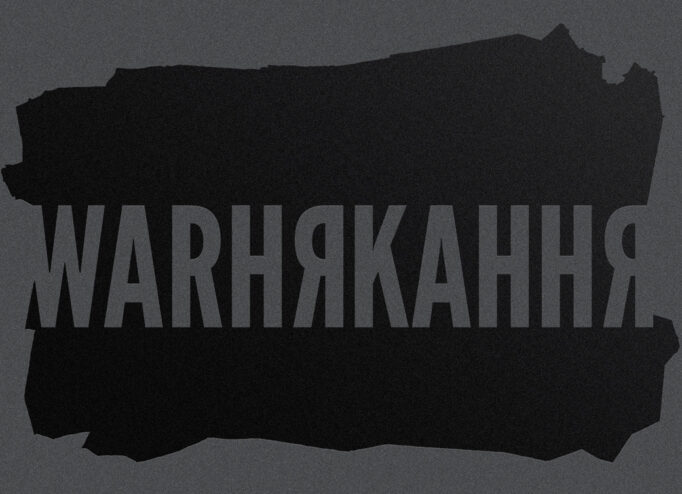The public organization Ukrainian Photography, led by curators Viktoria Bavykina and Max Gorbatskyi, won the competition of the Ministry of Culture and will represent Ukraine at the 60th Venice Biennale with its project ‘Weaving the Nets’. The work refers to the metaphor of weaving a camouflage net as a joint action. Its authors are Ukrainian artists Katya Buchatska, Andrii Dostliev and Lia Dostlieva, Andriy Rachinskiy and Daniil Revkovskiy
About the Venice Biennale 2024
The main theme of the Venice Biennale 2024 is ‘Foreigners Everywhere’. The event will take place from April 20 to November 24, 2024, curated by Adriano Pedrosa, the artistic director of the Museu de Arte de São Paulo Assis Chateaubriand.
‘The backdrop for the work is a world rife with multiple crises concerning the movement and existence of people across countries, nations, territories, and borders, which reflect the perils and pitfalls of language, translation, and ethnicity, expressing differences and disparities conditioned by identity, nationality, race, gender, sexuality, wealth, and freedom. In this landscape, the phrase Foreigners Everywhere has (at least) a dual meaning. First of all, that wherever you go and wherever you are, you will always encounter foreigners — they/we are everywhere. Secondly, that no matter where you find yourself, you are always a foreigner’, Pedrosa explained his choice.
#AdrianoPedrosa: “The #BiennaleArte2024 #ForeignersEverywhere will be a celebration of the foreign, the distant, the outsider, the queer, as well as the indigenous. We hope to welcome you all in #Venice in 2024.” pic.twitter.com/WG1INsdIL5
— La Biennale di Venezia (@la_Biennale) June 22, 2023
As conceived by the curator, the future Venice Biennale will focus on artists who are themselves foreigners, immigrants, expatriates, diasporic, exiled and refugees.
‘Bienale 2024 will be a celebration of the foreign, the distant, the outsider, the queer, as well as the indigenous. We hope to welcome you all in Venice in 2024’, Pedrosa said.
About the idea of the Ukrainian project
The idea of ‘Weaving the Nets’ resonated with the concept of the future event, and in a commentary for DTF Magazine Viktoria Bavykina and Max Gorbatskyi note that even though they did not know the theme of the biennale beforehand (it was announced on June 22), ‘they managed to feel what is relevant at the moment’.
‘This Venice Biennale is about the experience of being foreign, of being different, which can also mean political otherness, migration, the possibility of communicating with each other. And our project fits this theme very well, even though we didn’t know it’, the curators say.
Bavykina and Gorbatskyi came up with the idea for ‘Weaving the Nets’ when they decided to apply for an open-call about the national pavilion at the Venice Biennale, announced by the Ministry of Culture. According to them, they both immediately thought of socially active practices that engage and deal with communities.
Maxim and Victoria were inspired by their collaboration with Liverpool’s Open Eye Gallery, which regularly resorts to such practices: ‘We were inspired by the way they build their relationship with the viewer and local communities, by their very careful and sensitive approach’.
When they began to think about the conceptual component of the project, they ‘organically came up with the idea’ of weaving a camouflage net as a joint action, to which people join voluntarily.
‘It’s a joint action that also helps people. But its participants are very free, this horizontal interaction, which seemed to us to be a good metaphor for what Ukrainians are experiencing now, and in general since the Revolution of Dignity. Ukrainians have a very increased need for collective action, it has become one of the conditions of our survival. But at the same time, this interaction does not diminish any participant, allowing everyone to be emancipated. Our project does not oppose the collective to the individual, but rather strengthens them’, Max and Viktoria explain.
What the project will look like
They add that although as curators they mostly work with photography and Max joined the Open Eye Gallery team in May 2023 as curator of exhibitions, there will be no photography in ‘Weaving the Nets’. And their main wish was that guest artists would act ‘primarily as facilitators rather than as artists in the more classical definition’.
‘These are three separate projects that address different themes, with video and installation as the dominant medium. Each of the projects will talk about a different theme, the experience of the other, which overlaps with the general idea of the Biennale. We propose to look at experiences that make the human being different, to analyze the mechanisms of communication and interaction with such experiences. War is very present in all the projects, but in general our work is more about joint action, individual and collective voices, and the communication of different experiences’, Gorbatskyi describes ‘Weaving the Nets’.
One of the projects will talk about migration, the image of the migrant, and his/her perception of the context in which he/she exists, which directly appeals to the theme of the Biennale.
Who else worked on the project
Misha Buksha became the designer of ‘Weaving the Nets’, Sasha Burlaka became the architect, and Olena Kasperovych became the coordinator.
Gorbatskyi and Bavykina note that during the preparations for the Biennale other people will join the project. And they add that their team is primarily ‘a horizontal structure, where everyone works together, and they act more as organizers, creating certain conditions and the direction of development of the project’.
At the 2022 Venice Biennale Ukraine was represented by Pavlo Makov’s project ‘Fountain of Exhaustion’ — a kinetic sculpture of a fountain. The water in it gradually spills from the top down, passing through a cascade consisting of 78 copper funnels arranged in the shape of a triangle, which symbolizes the depletion of resources and humanity.
Until July 30, this project can be seen at the Khanenko Museum in Kyiv.






